

Cassie is mainly responsible for consulting projects in the Asian market, covering tires, materials, packaging and other industries. She joined Smithers for more than two years . Prior to that, she had three years of consulting experience. As a team member based in Suzhou China, Cassie supports consulting team to provide solutions for solving issues and improving efficiency to clients. Recently Cassie presented Smithers outlook on OTR tire market at China Rubber Conference in Qingdao, China. The white paper Sustainability in Tire - 6 Ways The Tire Industry Is Addressing Sustainability she is responsible for, will be published during our conference.


Deputy Secretary General at China Rubber Industry Association and Secretary General China Rubber Industry Association Tyre Branch. He graduated from Qingdao University of Science and Technology in 1987, majoring in rubber machinery. He has been engaged in tire manufacturing technology and management in Double Coin Group for 26 years, and joined the China Rubber Industry Association Tyre Branch in 2013, mainly responsible for association management and industry development research. The association has maintained statistics on the production and operation of domestic backbone tire enterprises for 37 consecutive years, and he is responsible for the compilation of the "13th Five-Year Plan" and "14th Five-Year Plan" development planning guidelines for the rubber industry.

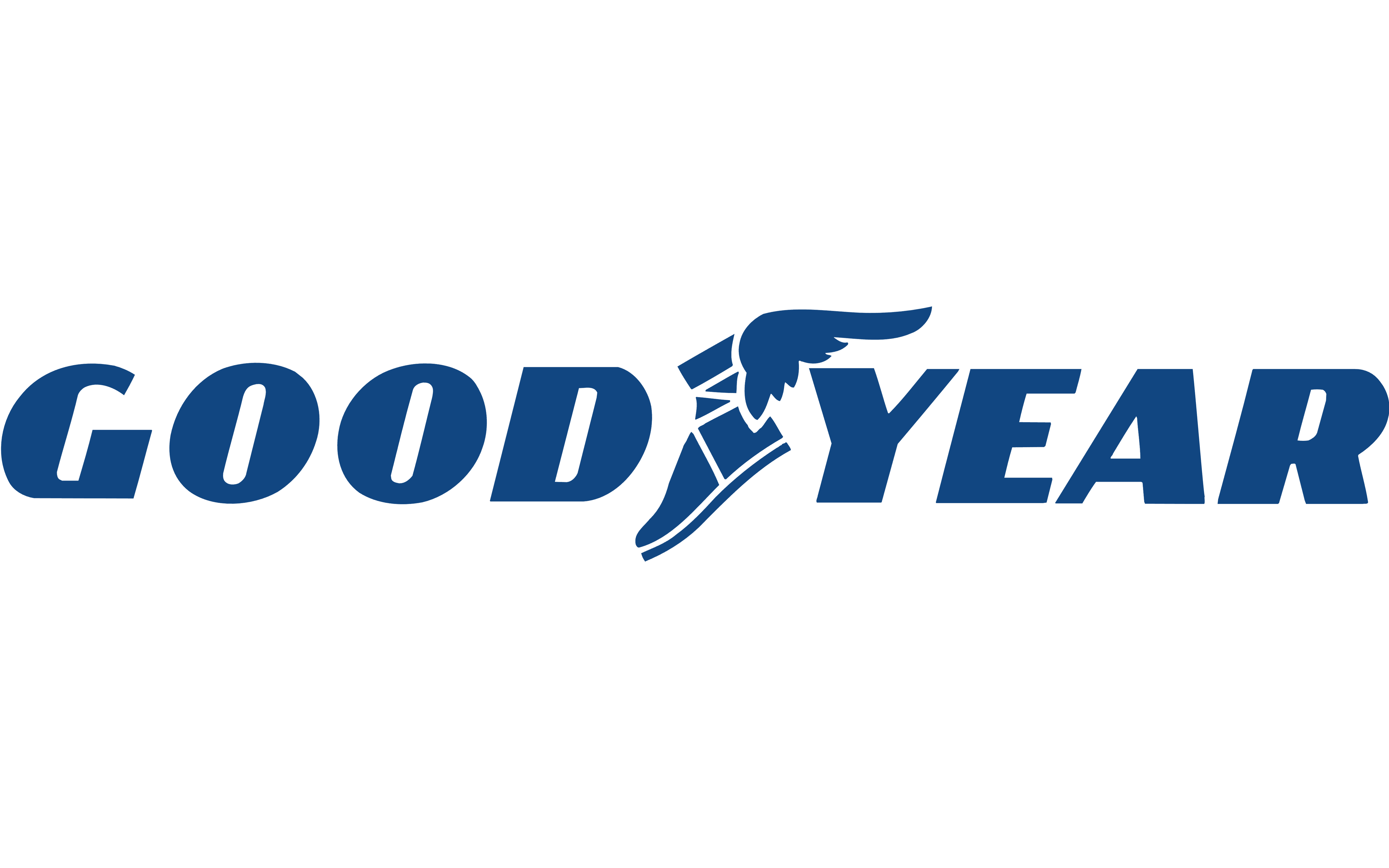
Surendra Nukala is a global technology leader who thrives at the intersection of innovation, quality, and leadership. With over 20 years of experience spanning Europe, China, and Asia Pacific, he currently serves as Director of Technology – Asia Pacific at Goodyear, where he has led teams to deliver groundbreaking products to global OEMs.
An INSEAD-certified executive and Diversity & Inclusion champion, Surendra blends deep technical expertise with a passion for building high-performance, future-ready teams. Known for his engaging perspectives on innovation, sustainability, and cross-cultural leadership, he inspires audiences to think boldly and act strategically in a rapidly changing world.


Dr. Pang Chong Hau has a distinguished career marked by leadership roles across diverse sectors, substantiated by relevant academic accomplishments over the years. With a PhD in Materials Science and LEAN Six Sigma black belt, Dr Pang is also a Chartered Environmentalist registered with the UK Society of Environment. He is hence deeply committed to sustainability, often exploring different systematic approaches to create a positive, long-lasting impact to our planet.
Dr Pang’s expertise include solar manufacturing, waste water treatment and creating due diligence system for sustainability governance. Since 2022, he assumed a pivotal role at the Development Bank of Singapore (DBS), leading supply chain initiatives to integrate sustainability practices. Notable accomplishments include pioneering solutions like Singapore's first carbon calculator model for Digibank's "LiveBetter" app which has won accolades such as “SG Mark Platinum 2022” winner and Tier 1, Informa FinTech Futures Banking Tech Awards 2022 for Best Green Initiative.
Dr. Pang also held leadership roles as National Sustainable Procurement Roundtable (NSPR) Head, Secretariat, driving collective action for sustainable procurement in 2022/2023 which advocates for best practices within Singapore's supply chain, fostering industry-wide transformation before joining Giti Tire.

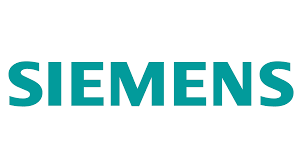
Ms. Xueting Zhang currently serves in the Cybersecurity Department at Siemens, specializing in assisting domestic enterprises in addressing carbon emission challenges encountered during export operations. With extensive practical expertise in corporate dual-carbon consulting, she has successfully delivered advisory services to nearly one hundred companies in this field. Concurrently, she possesses substantial experience in asset management, having overseen fundraising, acquisitions, management, and divestments totaling nearly ten billion RMB. Her profound understanding of carbon-related operations in the financial sector further complements her professional portfolio.


I am Lv manyi, from chassis Development Institute of FAW Corporation. I am engaged in tire dynamics testing and modeling.

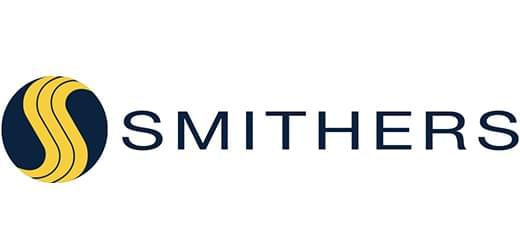
Edward graduated from Vehicle Engineering Department of Anhui Agricultural University with a bachelor’s degree. Over the past decade or so, he worked in Giti, FCA, Ford and Smithers. His experience and research area cover target setting, design and development, tuning and experimental verification of passenger vehicles tires. Edward now works as the Lead Technical Engineer for Materials Science and Engineering Division Asia Pacific, Smithers.

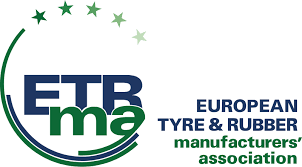
Fatlum Gashi is Manager for Transport & Digital Mobility at the European Tyre and Rubber Manufacturers’ Association (ETRMA). His work focuses on the intersection of transport policy and digital transformation, contributing to EU regulatory initiatives that aim to enhance sustainability, innovation, and competitiveness in the mobility ecosystem. At ETRMA, he leads on key policy files including access to in-vehicle data and Digital Product Passport (DPP).

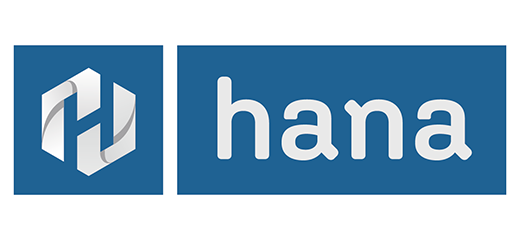
Randall Grein, Director of Business Development and lead for the Embeddable Tire Tag program, has been instrumental in advancing Hana's tire program. With over a decade of experience at Hana RFID, Randall has played a key role in fostering the adoption of RAIN RFID within the tire industry. His efforts have been widely recognized by leading tire manufacturers, positioning Hana as a pioneer in embeddable RFID tire tagging. While integrated into tire molds, these tags ensure robust functionality throughout the tire’s lifecycle, from production to recycling, and enabling maintenance recording, inventory tracking, fleet management, and innovative (sustainable) business models.

Liu Tai'ang, Ph.D., is the General Manager of Shanghai Shuzhiwei Information Technology Co., Ltd. Since 2002, he has been engaged in research and technology promotion related to the application of AI in fields such as materials, chemistry, and petrochemicals. He has participated in over 200 applied projects, generating over 100 million yuan in additional economic benefits for enterprises. His collaborators include Sanfu, Totole, Shanghai Petrochemical, among others. He holds 4 authorized patents and over 50 software copyrights.In 2022, his collaborative project with Totole received the Third Prize for Technological Progress awarded by the Chinese Institute of Food Science and Technology. The same project was also shortlisted for the "Top Ten Advances in Chinese Food Science and Technology" selection in 2022 by the Chinese Institute of Food Science and Technology. In 2024, he was awarded the "Outstanding Individual in Scientific Research and Technology" prize at the 11th National Enterprise Lubrication Management Summit Forum.

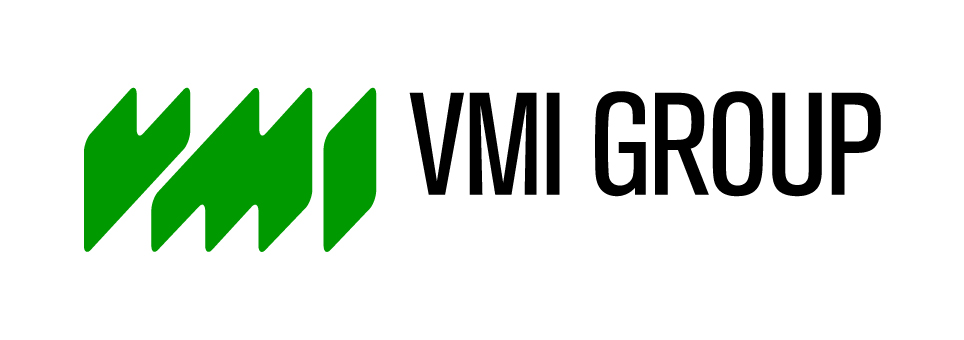
After her MSc., started as a researcher in polymer tribology and rubber engineering at various Institutes for 2 years. Later worked as a researcher and lab manager in the R&D unit of ‘Iran Tire Manufacturer Co’ for 4 years. Obtained a Ph.D. degree “Cum laude” and graduated a Professional Doctorate in Engineering also “Cum laude”; Continued for one year post-doc; worked at VMI group Holland as compound testing expert and process specialist in the R&D department for one year. Currently leads the department of rubber processing and tire technology in the R&D unit of VMI Group.


Polymer Materials and Engineering
Beijing Institute of Fashion Technology
10 years tire cord production and quality management;
10 years textile supplier management and development;
5 years resin sales and marketing;
> 20 years tire cord industry background.


Technical service leader of Rubber and Plastics WACKER Korea, from 2023~now
Senior Compound Development Manager Nexen tire from 2007 ~ 2017
Principal Compound Development manager Kumho tire from 2019 ~ 2023

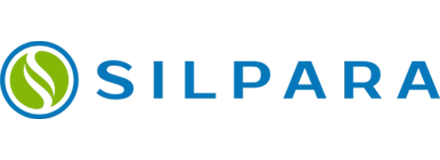
Dr. Tom Rosenmayer has worked in sustainable polymers since 2009, after an early career in electronic materials and nanocomposites. He is currently Founder and Chief Technical Officer at Silpara Technologies Inc. Prior to this, he was Chief Technical Officer at Lehigh Technologies through its growth phase and acquisition by Michelin. Rosenmayer holds a PhD in Materials Science & Engineering from Rice University. He has authored more than 20 refereed journal articles and has presented at technical conferences on four continents. He holds 15 US patents. Rosenmayer serves on the External Advisory Board for the School of Materials Science & Engineering at the Georgia Institute of Technology and also as a Review Panelist for the US National Science Foundation.


Celso Magri is Global Marketing and Sustainability Director at Orion, a global carbon black producer. He has 25 years of experience in the chemical industry, leading business and marketing organisations globally. He has lived and worked in South and North America and in 4 European countries and has extensive experience in Asia. He is passionate about sustainability and has led Life Cycle Analysis of different polymers for several applications while working for Dow Chemical, Styron, and Trinseo. He worked with the plastics value chain to design products to reduce the overall environmental impact.
His job at Orion is to develop and implement the sustainability strategy for the Rubber Business, working with the tire value chain on the transition to the tire circular economy.

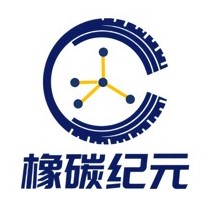
Calvin, graduated from Dalian University of Technology, has nearly 20 years of experience in leading companies in rubber industry. He worked at Michelin, responsible for formula development and factory quality improvement. Then ExxonMobil on technical services for synthetic rubber and resins, as well applications development technologies for tires and rubber products. And then Cabot Corporation as China technical services manager and later on as Asia Pacific Center R&D manager, and as well the lead scientist. Calvin is now the general manager of Shanghai Veco New Material Technology Co. Ltd.

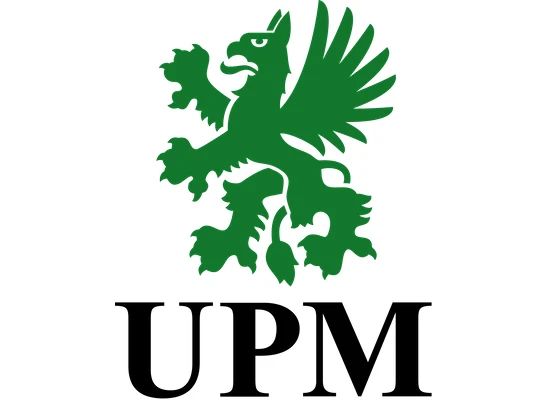
Han Dayong has dedicated to R&D, application development and commercialization of wood-based biomaterials in UPM with over 15 years of experience. He possesses deep expertise in lignin based material and natural fiber utilization, with extensive background in the rubber and plastics industries. Prior to joining UPM, he worked in technology center within chemical and pharmaceutical sector. His career demonstrates a combination of technical knowledge and business development, particularly in sustainable material solutions. Currently, he is sales and business development for renewable functional fillers (RFF) and lignin at UPM Biochemicals.

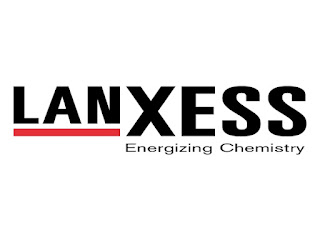
Hao Mengxuan, Head of Application Development APAC of Rhein Chemie. He attended Qingdao University of Science & Technology in 1998 and joined Rhein Chemie Qingdao in 2005 after getting B.S. in Plastic Engineering and M.S. in Chemistry and Physics of Polymers.
He manage a technical team and application laboratory currently. To provide technical services to the customers in APAC, and serve the plants in Qingdao and other regions.


Aidan Mock is the Director of Impacts and Assurance at the Global Platform for Sustainable Natural Rubber (GPSNR). He oversees the platform’s technical work, including the development of an Assurance System that helps implement and verify corporate sustainability practices, and the design of a Shared Investment Mechanism to scale up smallholder capacity-building efforts.
Aidan holds a Master’s degree from the Yale School of the Environment in environmental management for businesses and the environment. Aidan brings prior experience in multi-stakeholder engagement and advocacy for climate action. He is based in Singapore and his work bridges environmental integrity with practical implementation, supporting a more sustainable and inclusive natural rubber sector.


Riccardo has extensive experience in the automotive industry, where he has led several projects at the international level, combining global and local needs. He has supported the GDSO setup through strategic initiatives while keeping in mind continuous and sustainable development in the digital framework. He is able to inspire and create energy, driving through a transformation process, thanks to his engineering background and MBA.